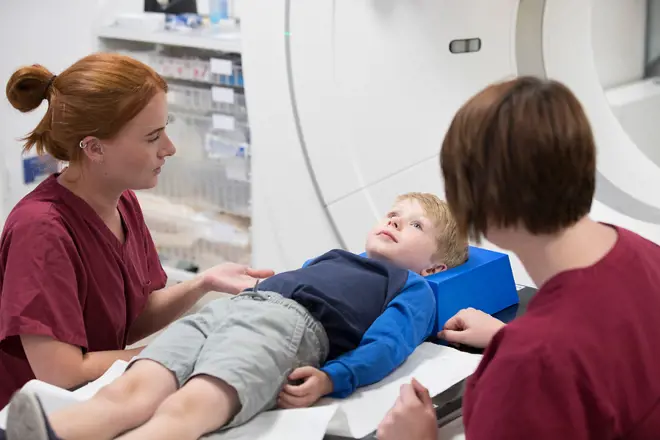.png?ext=.png&width=900&resizemode=force)
Researchers at the Christie NHS Foundation Trust have identified a radiation-sensitive region in the brain, associated with cognition, that they hope will help to improve treatment plans.
Alongside the University of Manchester (UoM), the Christie team have used brain scans and treatment plans – including cognitive tests assessing memory and processing speed – from 139 patients to improve and update clinical practice.
The team is now using their findings to guide treatment plans for patients undergoing radiotherapy and proton beam therapy to a higher standard of care, in a four-year project.
'Transforming the landscape'
Professor Marianne Aznar, professor of radiation oncology physics at the Christie and UoM, said: “We did not expect this frontal region to be as important as it is. We thought it would be the hippocampus as it’s a well-defined structure that’s very well known to be associated with memory, so to see that the grey matter at the front of the brain is so important, was really surprising.”
Initial work was completed using information from St. Jude’s Children’s Research Hospital in the US. It will now be validated using scans and treatment plans of children who have received proton beam therapy at the Christie.
Over the course of the next four years, the project aims to give clinicians a “brain atlas” – a detailed plan of areas to avoid.
“This project truly has the potential to really improve patient outcomes and transform the landscape of paediatric brain tumour treatments,” Professor Aznar added.
Multidisciplinary, international team
The team used image-based data mining to identify the region in brain, which involves running a large collection of images through an advanced computer programme, allowing them to spot patterns in the data.
Researchers behind the work are comprised of experts from diverse fields spanning pre-clinical science, oncology, neurology, paediatrics, physics and patient advocacy.
The Manchester team, led by Dr Martin McCabe, a paediatric oncologist at The Christie, is working closely with St Jude Children’s Research Hospital in the US and the University of Groningen in the Netherlands.
This project is supported by Stand Up To Cancer and Cancer Research UK, who have given the researchers $5 million USD (just under £4.1m) to finalise the research. Professor Aznar’s physics work is funded by the Engineering and Physical Sciences Research Council (ESPC).
(Image: Researchers at the Christie treating a paediatric patient)
